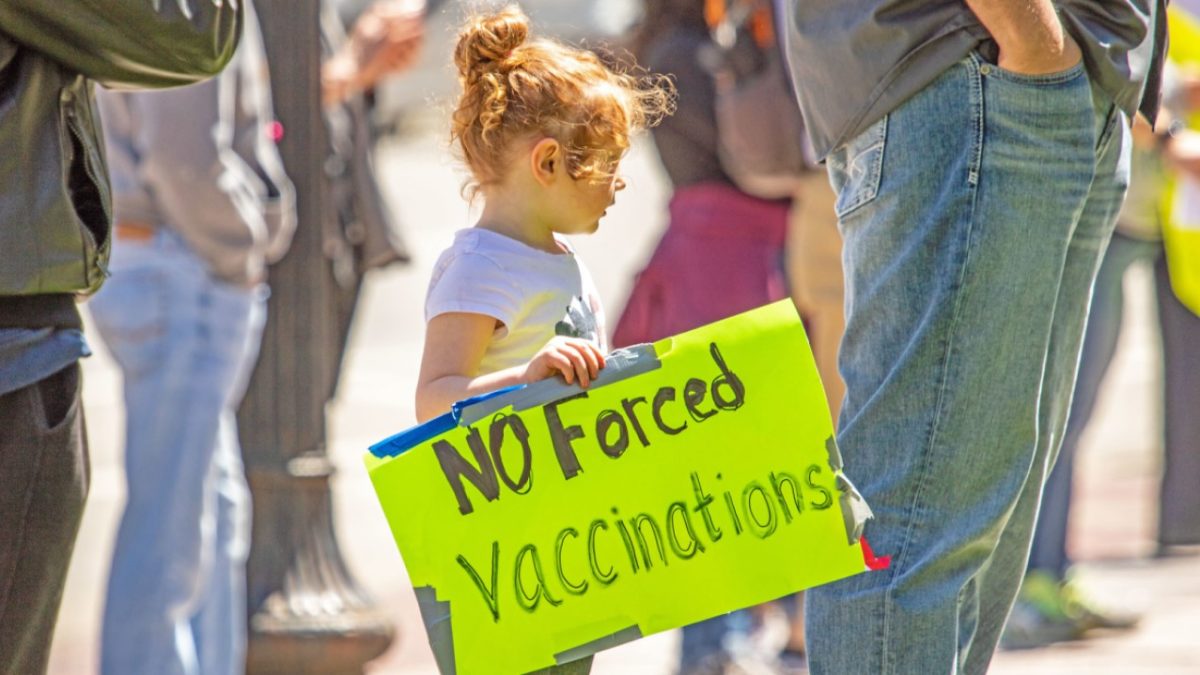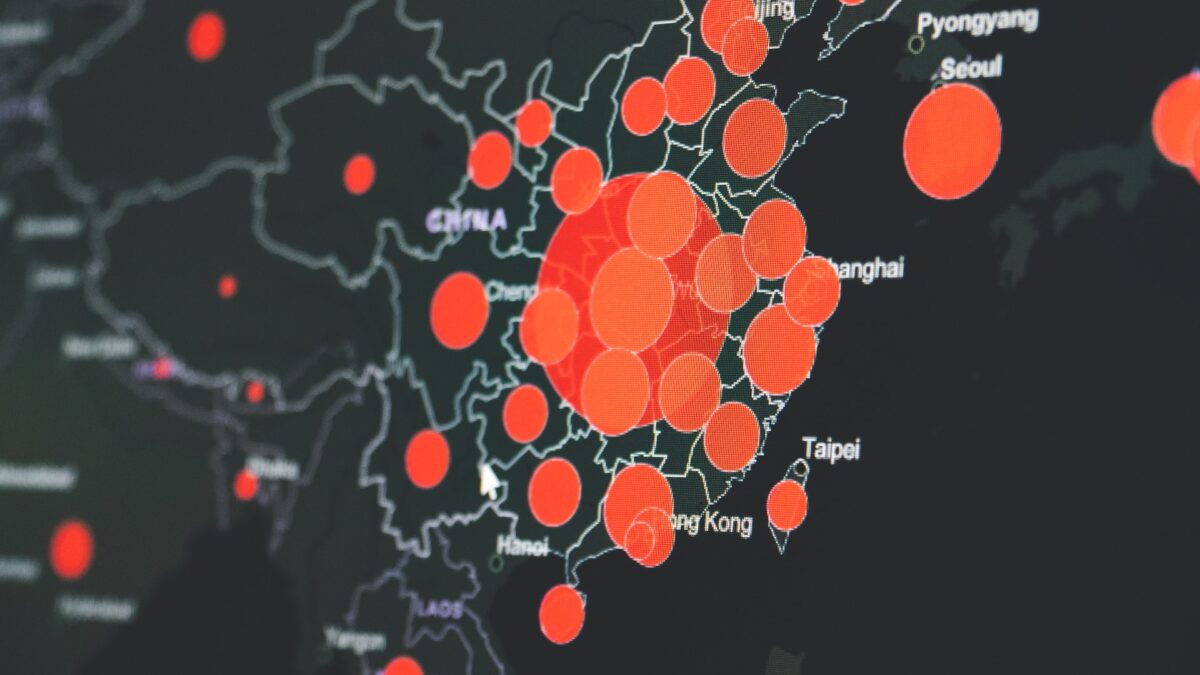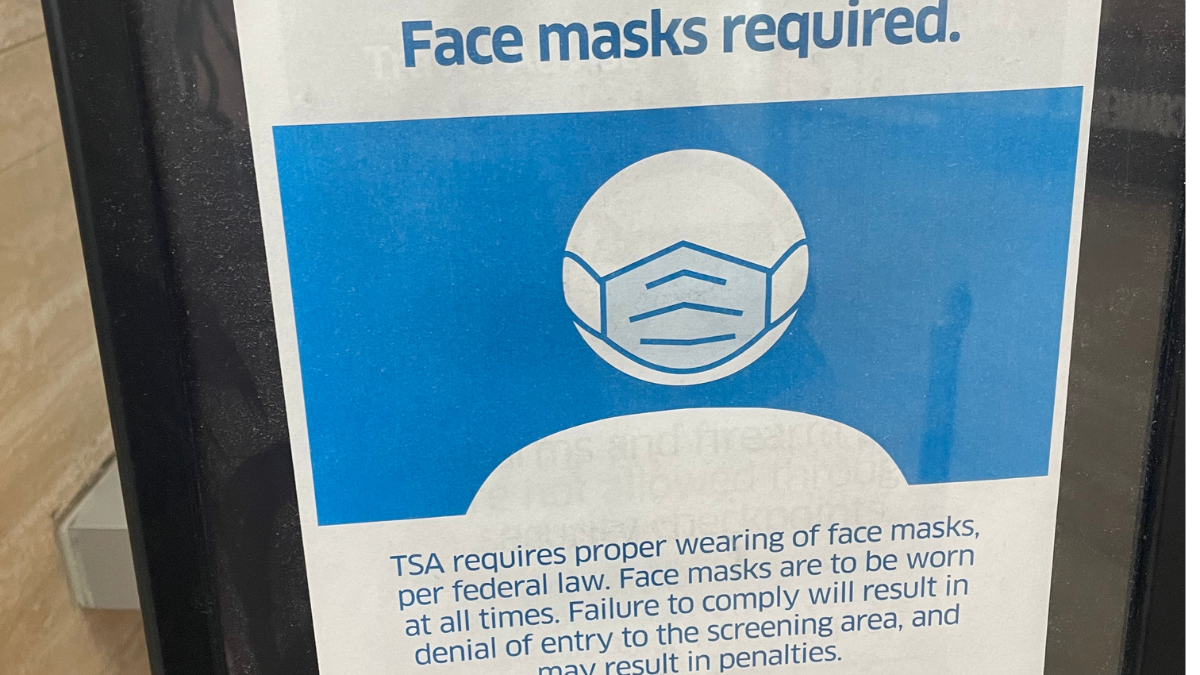In late December, President Joe Biden tweeted that taking “precautions” and wearing a mask will “help protect you and others—especially kids under 5 who can’t get vaccinated yet.”
While one could spend days picking apart Biden’s claims on the efficacy of precautions and masks, the tweet contains something more disturbing than any misinformation about protection against COVID. The president (or his team) wrote, “kids under 5 who can’t get vaccinated yet.”
Yet. Saying things like this feeds public concerns that the U.S. Food and Drug Administration is politicized and the trials and review aren’t really for making sure products are safe and effective, but merely kabuki theater.
This isn’t the first indication that politics affect vaccine approval. In September the administration was caught announcing the availability date of COVID of booster shots before the FDA had officially made a decision, suggesting the FDA experts’ careful review of data for safety and efficacy was not the controlling factor in whether boosters would become available. Pfizer is also credibly accused of delaying the news that a successful COVID vaccine was available until after the November 2020 election.
Pfizer just shared their first trial in ages two to five failed to show a protective immune response. Also keep in mind that children have been proven to be at a near-zero risk of death from COVID and that they spread it to others less than any other age group.
Yet instead of abandoning the idea of injecting children with Pfizer’s vaccine because the absolute benefit of inoculating a very low-risk age group would be negligible, they’re trying three doses in ages six months through four years. It seems as if drug companies and regulators consider the risk-benefit analysis of secondary importance in the pursuit of getting their products into as many people’s bodies as possible.
Saying the shots aren’t available yet makes it seem like it is a done deal. But it’s not a batch of cookies in the oven, it’s the welfare of potentially millions of little kids.
If these vaccines turn out to be a poor tradeoff in terms of overall risk of injury, severe illness, and death for America’s young children, parents will not forget how insistent and confident our public health officials were in recommending the shots. Public distrust of the FDA and Centers for Disease Control will become widespread and affect the regular childhood vaccines they approve.
Here in America, we’ve taken safe vaccines for granted. Most of the aggressive vaccine push in Western countries is riding on the public’s longstanding trust that “it’s a vaccine, therefore it is safe.” Not all vaccines are created equal, though, and not all vaccines developed have been safe.
For example, an early polio vaccine caused around 40,000 cases of polio in a program of 200,000 children (known as the Cutter Incident). It killed ten and caused paralysis in about 200.
In 1976, the U.S. swine flu vaccine program was stopped due to a slightly increased risk after vaccination of developing Guillain-Barré Syndrome, a neurological disorder. In 1998, the FDA withdrew approval of a vaccine for rotavirus gastroenteritis because it increased the risk for a rare and life-threatening kind of bowel obstruction in infants.
In 2010, the use of a swine flu vaccine called Pandemrix was halted in some European countries due to an association with narcolepsy. The vaccine was never licensed in the United States.
In cases like this, the FDA either did not approve unsafe or potentially unsafe vaccines, or immediately acted to halt their use. Swift response and appropriate concern over safety issues, however slight, is why U.S.-made and approved vaccines are widely used and trusted and Chinese vaccines, for instance, are not (they’ve had two major vaccine safety scandals in the past five years alone).
For decades, millions of U.S. parents have gotten their children vaccinated according to the CDC recommended schedule, myself included, with barely a second thought because we haven’t had any real reason to doubt that the increased safety we get from severe illnesses is greater than any risk of injury from the shots themselves.
The trust parents put in U.S. regulation and oversight is what the current COVID vaccine program is relying on. Yet if omicron, which appears to have displaced delta as the dominant variant, really is most often akin to a mild flu, and we’re left with potential negative effects of the vaccines such as myocarditis with little protective benefit against COVID, then public trust in vaccines more generally will be shattered.
This vaccine was marketed as “safe and effective,” but both safety and efficacy can vary considerably from person to person. Even a vaccine that’s 100 percent effective at preventing death among children would provide an extremely minuscule reduction in absolute risk because children’s risk from COVID is already extremely low, which also means their transmission rates are low.
The mortality risk from COVID (pre-omicron) to those ages zero to 18 is less than 0.1 percent according to the CDC, and likely between .001 percent and 0.003 percent. COVID-associated deaths are less than 1 percent of childhood deaths from all causes.
Concerning data about COVID vaccines and children has already come to light. A June CDC analysis of adverse events post-vaccination of children ages 12-15 found 0.2 percent required emergency or hospital care after dose two. Compare that to the CDC’s own peak estimate of 2.1 COVID hospitalizations per 100,000 adolescents, a rate of 0.021 percent. One study also suggests the Pfizer shot is more likely to cause hospitalization than COVID (within four months) among adolescent boys.
If parents see more hospitalizations from adverse vaccine reactions (as some evidence from the CDC and this study suggests) than from COVID, some will turn against our government agencies as aggressively as those agencies pushed vaccines on their children. This will reduce the vaccination rates from other childhood vaccines, which lockdowns have already reduced.
In this case, we should blame the CDC, FDA, Anthony Fauci, and the past two presidential administrations for the consequent increase in childhood deaths from diseases such as measles and pertussis in the coming years (and conditions like brain swelling, deafness, or heart problems), because they abused the public’s trust and drove up resistance to key childhood vaccines that would have prevented them.
COVID’s absolute risk to children is very low. While some maintain we should vaccinate children anyway “to protect the community,” the vaccines have had an entire year to demonstrate they mitigate transmission and it is plain they do not. Even if they did, we shouldn’t sacrifice children’s own safety for a very minor effect vaccination might have on spreading a disease that is hardly dangerous to any except the very unhealthy and frail.
It is far more important to maintain confidence in normal vaccines than to push an experimental gene therapy on small children who will almost certainly derive no net benefit from it as a demographic. To push this as an acceptable tradeoff is immoral.
President Biden is gambling with the public’s trust by implying shots for preschoolers will inevitably be approved. Parents shouldn’t have to wonder if politics were more important than the shot’s risk-benefit profile in rolling out vaccines to any age group, but especially to those who have their whole life ahead of them and are among the least likely to experience significant harm from the virus itself.









